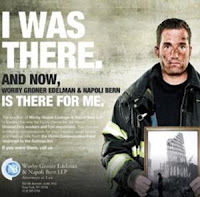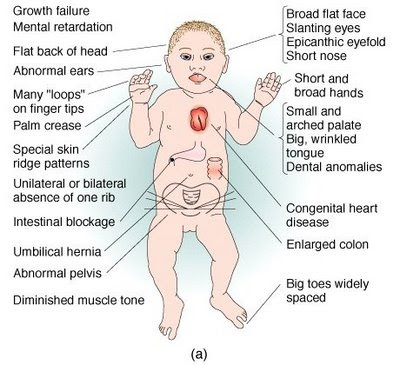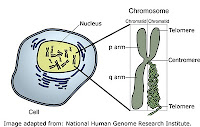In my opinion, Fire Department of New York (FDNY) Firefighter Robert Kelley (pictured above) shouldn't feel like a scumbag because he didn't do anything wrong. On the other hand, the law firm of Worby Groner Edelman & Napoli Bern should feel like the lowest kind of scum for depicting Kelley as being at Ground Zero and allowing the firm that produces their advertising to basically "photo shop" a picture of him.
As I thought about writing this blog, I considered several different ways to go with it . . . but the one that really struck me was to discuss how the "digital age" has opened up a whole new can of ethical worms for photographers. Although it - digital photography - allows photographers much more creativity and "forgiveness" for errors, it also lends itself to situations such as this where images are altered. As a long-time photographer, I have a problem with this because it gives those of us who try to go by the rules a bad name. With that in mind, I'd like to present some thoughts on how to protect your photographs (and your good name) in this digital age:
Guard your memory card!
If you make a photo and you're worried about it being erased or altered, remove the memory card that it's stored and and put it in a secure place -- preferably a safety depost box. I've heard of incidents where unscrupulous individuals downloaded an image from a memory card, atlered it, and then put the altered image back on the memory card.
Consider using a watermark
If you utilize an on-line photo storage site - such as Webshots or Flickr - consider utilizing a watermark on your photographs. Although this might not stop someone who is determined to alter a digital image, it will allow you to identify your work and say that's not how the original image looked.
Consider using a caption with your work
Although this suggestion is far from fool-proof, consider submitting a caption sheet with your photographs. My experience is that if a caption is well written, most editors will include it with your photograph and it will raise some questions if the photograph and the caption differ.
In conclusion, I have to take exception with a comment made by a spokesman for Barker/DZP. She said: "It was fully legal to use and manipulate the image in any way the agency and its clients chose." She is correct that it's legal to use the image . . . but never have I seen in a release that you give them permission to manipute the image. Me thinks she should confer with her client!
As I thought about writing this blog, I considered several different ways to go with it . . . but the one that really struck me was to discuss how the "digital age" has opened up a whole new can of ethical worms for photographers. Although it - digital photography - allows photographers much more creativity and "forgiveness" for errors, it also lends itself to situations such as this where images are altered. As a long-time photographer, I have a problem with this because it gives those of us who try to go by the rules a bad name. With that in mind, I'd like to present some thoughts on how to protect your photographs (and your good name) in this digital age:
Guard your memory card!
If you make a photo and you're worried about it being erased or altered, remove the memory card that it's stored and and put it in a secure place -- preferably a safety depost box. I've heard of incidents where unscrupulous individuals downloaded an image from a memory card, atlered it, and then put the altered image back on the memory card.
Consider using a watermark
If you utilize an on-line photo storage site - such as Webshots or Flickr - consider utilizing a watermark on your photographs. Although this might not stop someone who is determined to alter a digital image, it will allow you to identify your work and say that's not how the original image looked.
Consider using a caption with your work
Although this suggestion is far from fool-proof, consider submitting a caption sheet with your photographs. My experience is that if a caption is well written, most editors will include it with your photograph and it will raise some questions if the photograph and the caption differ.
In conclusion, I have to take exception with a comment made by a spokesman for Barker/DZP. She said: "It was fully legal to use and manipulate the image in any way the agency and its clients chose." She is correct that it's legal to use the image . . . but never have I seen in a release that you give them permission to manipute the image. Me thinks she should confer with her client!







